Summer road trips in your RV can be pure magic—stunning landscapes, endless adventures, and the freedom to explore at your own pace. But when temperatures soar, your mobile home can quickly transform from a comfortable retreat into a sweltering hotbox.
That’s why you must take the time to understand how to stay cool, so you can continue to enjoy your summer travels. Here’s a list of the best RV accessories to keep you cool in the summer and enjoying the open road.
RV Air Conditioners: Your Primary Defense
Air conditioning serves as your first line of defense against summer heat. Modern RVs typically come with at least one AC unit, but understanding your options can help you make the most of this essential accessory.
Rooftop air conditioners are the most common type found in RVs. These units mount onto the top of your camper and distribute cool air through ceiling vents. They’re powerful and effective, but consume significant electrical power. Consider whether your RV’s single 13,500 BTU unit adequately serves your space. Larger RVs often benefit from dual AC units—one for the bedroom and another for the living area.
Portable air conditioners offer excellent flexibility for spot cooling if you need more coverage. These units work well for smaller RVs or as supplemental cooling in specific areas. They’re particularly useful because you can move them where you need them most. However, they take up floor space and can be quite loud at times.
Regardless of the unit you choose, you must maintain your unit properly to maximize your AC’s effectiveness. Do this by regularly cleaning or replacing filters, keeping the exterior coils free of debris, and ensuring proper electrical connections. Also, running your AC during cooler morning hours can help pre-cool your RV before the afternoon temperature peaks.

Fans: Circulating Air for Comfort
Like a portable AC unit, fans work alongside your air conditioning to circulate cool air throughout your RV. They just don’t create the cool air themselves. The upside to this is that they consume much less power than AC units, making them excellent for boondocking or reducing your general electrical usage.
You can also seamlessly integrate ceiling fans into your RV’s interior design while providing consistent airflow. They’re particularly effective in living areas and bedrooms. However, they could end up being a potential hazard if you are tall or have low ceilings in your RV.
That’s why many turn to portable fans. They offer incredible versatility and can either run off your RV’s electrical system or portable battery packs, depending on the type you buy. Tower fans work well in larger spaces, while smaller desktop fans provide sufficient personal cooling where needed. Consider fans with multiple speed settings and oscillating features for maximum comfort.
Consider a vent fan if you really want to save on space. These fans fit into many standard RV vents and can pull hot air out or draw cool air in. Installing reversible vent fans gives you the flexibility needed to adjust airflow direction based on conditions.
No matter what, the goal is to always position fans strategically to create cross-ventilation. Placing one fan that pulls hot air out of your RV while another draws in cooler outside air will provide the best results. Creating a natural cooling cycle works especially well during the evening hours when outside temperatures drop.
Window Coverings: Blocking Heat at the Source
Something not everyone knows about is that preventing heat from entering your RV proves more effective than trying to cool it after it’s already inside. That’s why window coverings are great RV accessories to buy to keep you cool in the summer.
For example, reflective window shades specifically designed for RVs can dramatically reduce interior temperatures. These coverings feature reflective surfaces that bounce sunlight away from your windows, preventing the heat from ever making it inside. Custom-fit shades work better than generic ones because they eliminate gaps where heat can slip through.
These shades come in various materials. Reflectix-type products offer excellent insulation properties and fold compactly for storage. Some feature suction cups for easy installation, while others use magnetic strips or Velcro attachments.
Thermal curtains are another way to add a layer of insulation to your windows. These heavy curtains trap air between the fabric and the window, creating a barrier against heat transfer. They’re particularly effective when combined with reflective shades for maximum heat blocking.
Awnings also provide external shade that prevents the sun from hitting your RV’s windows and walls in the first place. Window awnings are particularly effective on the sunny side of your RV. They allow you to keep windows open for ventilation while blocking direct sunlight.
Be sure to consider your RV’s orientation when parking. Position your RV so that your awning can shade the side with the most windows during the hottest part of the day. This simple strategy can reduce interior temperatures by several degrees.

Ventilation Solutions: Moving Air Efficiently
Since RVs are so small, proper ventilation is a must to keep air moving through your camper. Proper air flow will prevent hot air from becoming trapped inside. Strategic ventilation accessories can help quite a bit here.
The first thing you should consider is some vent covers that’ll let you keep your RV’s roof vents open even during light rain. Doing so will allow you to maintain airflow in more weather conditions than before. Vent covers also provide some shade for your vent openings, reducing heat gain through the roof.
Different vent cover styles offer varying benefits. Low-profile covers create less wind resistance while driving but provide minimal rain protection. Higher-profile covers offer better rain protection and can help draw air out of your RV through the venturi effect.
Skylight insulators are another option that addresses one of the biggest heat sources in many RVs. Skylights can create greenhouse effects, dramatically increasing interior temperatures. Reflective skylight covers or insulating domes can reduce this heat gain while still allowing some natural light to enter.
Some skylight insulators are removable, letting you enjoy natural light during cooler weather while providing heat protection when needed. Others are permanent installations that maintain some visibility while reducing heat transfer.
Ventilation fans designed specifically for RVs can dramatically improve airflow. These fans often feature variable speed controls and reversible operation. Installing them in strategic locations can create effective air circulation patterns throughout your RV.
Additional Cooling Strategies
Beyond buying specific RV parts and accessories to help with temperature control, you can utilize several strategies to keep your RV cooler during your travels. First up, parking strategy matters. Park in the shade whenever possible, even if it means a longer walk to goods and services. Natural shade from trees is best, but even partial shade helps. Position your RV so your living area faces away from the afternoon sun if you cannot find shade.
Timing your travels can also help you beat the heat. Drive in the early morning or evening when it’s cooler. Seek higher elevations or coastal areas for naturally moderate temperatures. If you must travel through hot weather, be sure to use cooling towels, personal fans, and stay hydrated. Doing so will ensure your safety and comfort while in your RV.


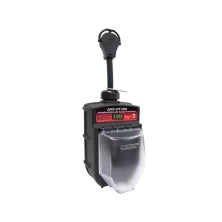
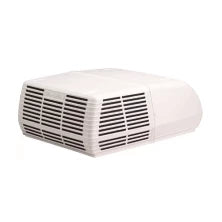
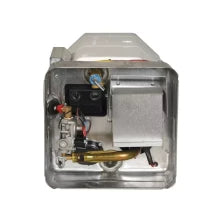
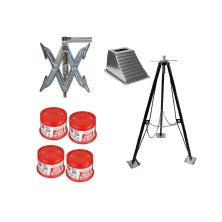
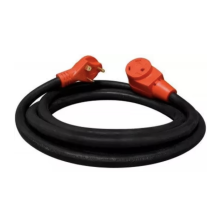
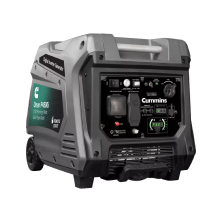
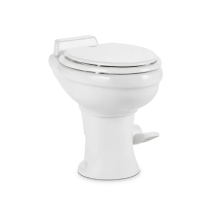
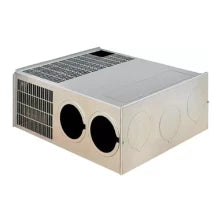
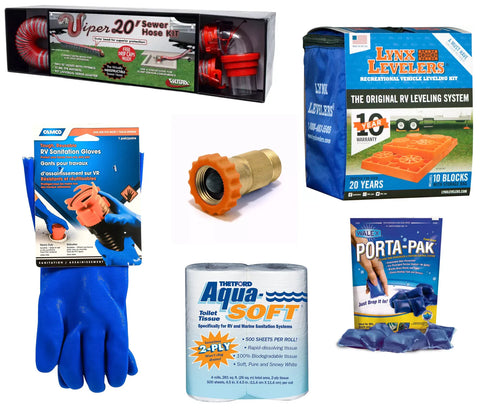

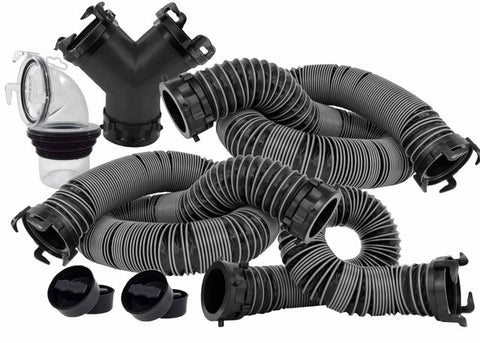

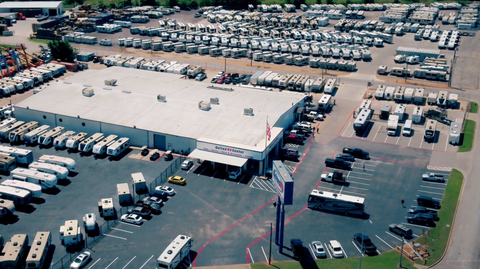
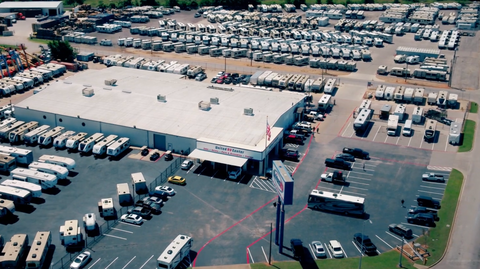
Comments (0)
There are no comments for this article. Be the first one to leave a message!